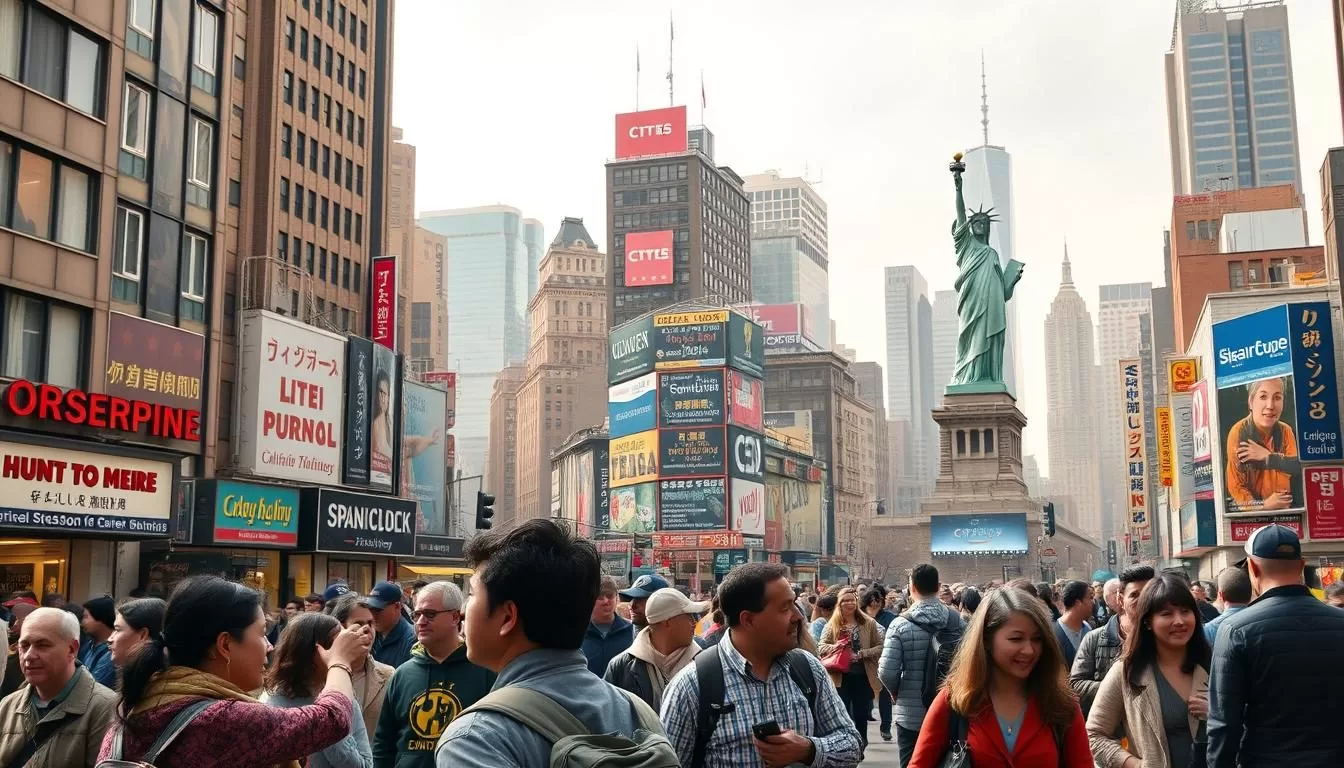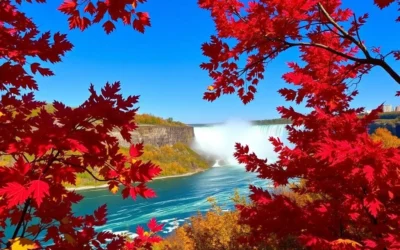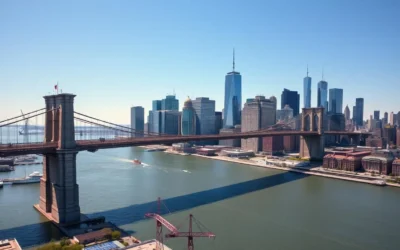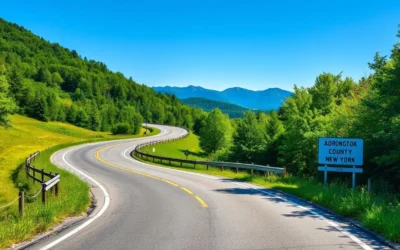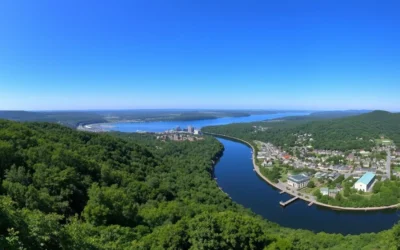As you explore the vibrant city of New York, you’ll discover a linguistic tapestry like no other. With over 200 different languages spoken in the metropolitan area, this city is a true global crossroads.
According to the NYC department of education, more than 176 languages are spoken by over 1 million students in New York City’s public schools. The language demographics reveal that approximately 65% of people speak English at home, while nearly half speak a language other than English at home.
This diversity creates both challenges and opportunities for residents, businesses, and visitors navigating this unique language environment in the United States. As you delve into the official language and the various languages that shape the city’s culture, you’ll gain a deeper understanding of the population‘s linguistic landscape.
The Linguistic Melting Pot of New York
As you explore the vibrant city of New York, you’ll discover a linguistic melting pot that reflects the city’s diverse cultural heritage. The city’s language landscape has been shaped by the immigrants who have made New York their home over time.
The diverse population of New York has contributed to the city’s language diversity. With a history of immigration, the city’s language landscape continues to evolve.
A City of 200+ Languages
New York is home to over 200 languages, making it a true linguistic melting pot. The city’s language diversity is reflected in the many languages spoken by its people. You can hear a variety of languages on the streets, from Spanish and Chinese dialects to Russian and Haitian Creole.
| Language | Speakers | Region |
|---|---|---|
| English | Majority | Native |
| Spanish | Large minority | Latin America |
| Chinese | Significant community | Asia |
The Impact of Immigration on Language Diversity
The immigrants who have come to New York have played a significant role in shaping the city’s language diversity. As new community groups arrive, they bring with them their languages and cultural practices, enriching the city’s cultural landscape.
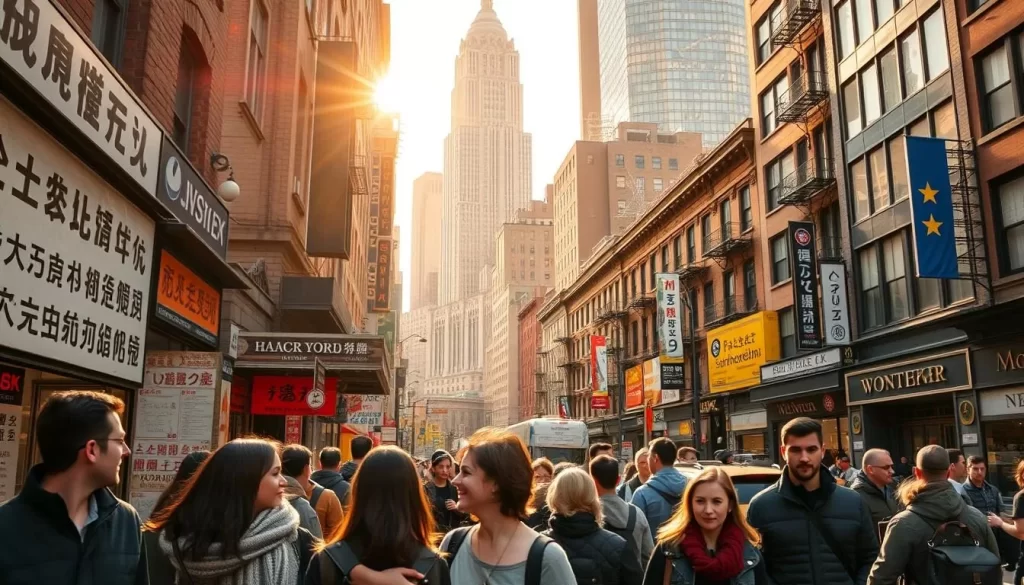
New York, United States: Official and widely spoken languages
As you explore the linguistic landscape of New York, you’ll discover the diverse languages that shape the city’s cultural identity. The city’s language diversity is a reflection of its rich cultural heritage.
English: The De Facto Language
English is the predominant language in New York, serving as the de facto language for most official and commercial purposes. As the primary language for government, education, and business, English is spoken by the vast majority of the population. You’ll find that it’s the language used in most public services, media, and daily interactions.
English proficiency is crucial for navigating everyday life in New York, from accessing healthcare and education to engaging in economic activities.
Spanish: The Second Most Common Language
Spanish is the second most widely spoken language in New York, reflecting the city’s significant Hispanic population. With a substantial presence in many neighborhoods, Spanish is an integral part of the city’s linguistic landscape. You’ll hear Spanish being spoken in many areas, including El Barrio in Manhattan and various parts of Brooklyn and Queens.
The prevalence of Spanish is also reflected in the city’s media, with numerous Spanish-language newspapers, television channels, and radio stations.
Chinese Dialects: Mandarin, Cantonese, and Fuzhou
Chinese dialects, including Mandarin, Cantonese, and Fuzhou, are also widely spoken in New York. The city’s Chinese community is one of the largest in the United States, with significant populations in Chinatown, Manhattan, Sunset Park, Brooklyn, and Flushing, Queens. 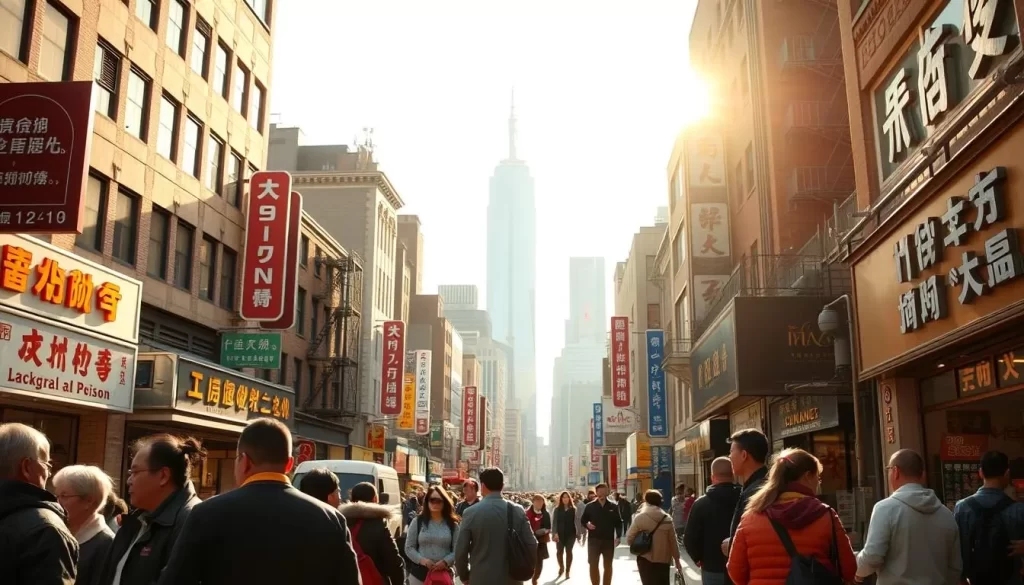 You’ll find that Chinese language schools, media outlets, and cultural institutions play a vital role in maintaining language traditions.
You’ll find that Chinese language schools, media outlets, and cultural institutions play a vital role in maintaining language traditions.
The diversity within the Chinese community is reflected in the various dialects spoken, with Mandarin being the most common, followed by Cantonese and Fuzhou.
Top Languages Beyond English and Spanish
As you explore the linguistic diversity of New York, you’ll discover a multitude of languages spoken beyond English and Spanish. The city’s diverse population has created a vibrant linguistic landscape, with many languages thriving in different neighborhoods and communities.
Russian and Eastern European Languages
Russian and other Eastern European languages have a significant presence in New York. Many speakers of these languages reside in neighborhoods like Brighton Beach, where you can find a strong Russian community. The area is known for its Russian-language media, cultural events, and institutions that support the language.
Haitian and French Influence
Haitian Creole and French are also prominent in New York, reflecting the city’s connection to Haitian culture. You can experience this vibrant culture in neighborhoods like Flatbush, where Haitian restaurants, shops, and cultural events thrive.
Italian Heritage and Decline
Italian was once a dominant language in New York, but its usage has declined over the years. However, you can still find Italian-speaking communities in areas like Arthur Avenue, where the language and culture are preserved through local events and institutions.
South and East Asian Languages
Languages from South and East Asia, such as Chinese, Korean, and Japanese, are widely spoken in New York. Neighborhoods like Chinatown and Flushing in Queens are hubs for these language communities, with many cultural events, media, and institutions supporting their linguistic heritage.
Arabic and Middle Eastern Languages
Arabic is another significant language in New York, with approximately 109,414 speakers, making up 0.60% of the population. The language encompasses multiple dialects, including Egyptian, Lebanese, Syrian, Moroccan, and Yemeni varieties. You can explore the diverse Arabic-speaking communities in neighborhoods like Bay Ridge in Brooklyn. 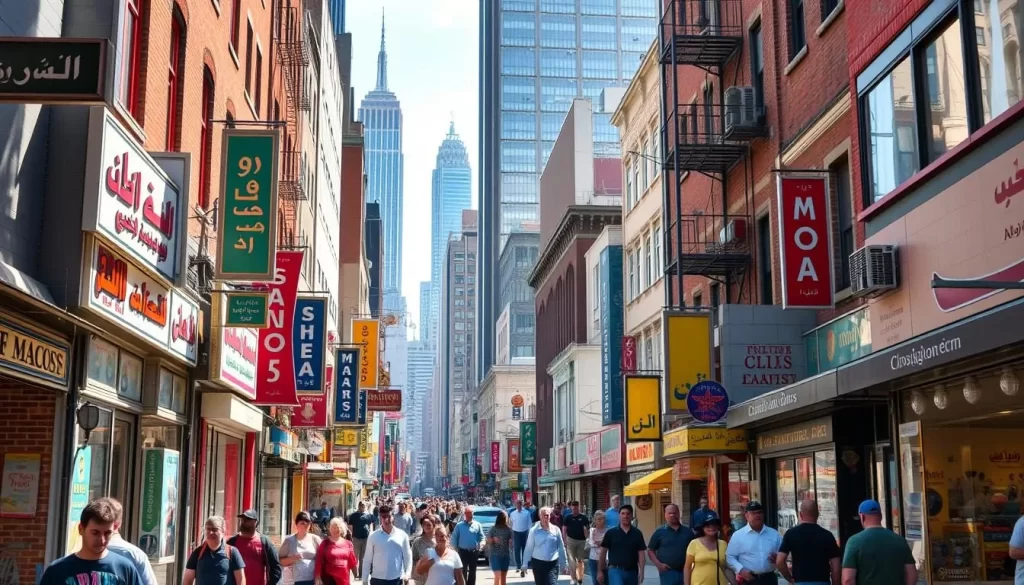
The Arab community in New York is vibrant, with many cultural organizations, media, and religious institutions that serve the community and help maintain linguistic traditions. Other Middle Eastern languages, such as Hebrew, Persian (Farsi), and Turkish, also have distinct communities and cultural institutions.
Language Map of New York Neighborhoods
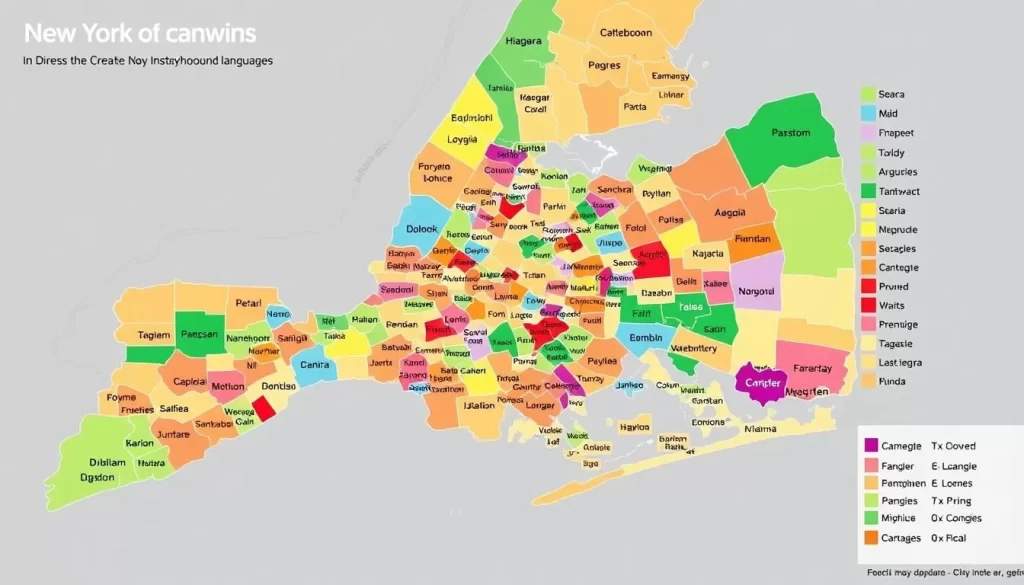
Exploring New York City’s neighborhoods reveals a complex language landscape shaped by immigration and demographics. A recent study analyzed U.S. Census Bureau data to determine the most spoken language in each NYC neighborhood. While English and Spanish are the most commonly spoken languages, other languages take precedence in various neighborhoods.
Chinese is the most spoken language in 15 neighborhoods, including Sunset Park, Brooklyn, and Flushing, Queens. Russian dominates in eight neighborhoods, such as Brooklyn’s Brighton Beach. Italian is prominent in three neighborhoods, including Howard Beach in Queens, where half the population claims Italian ancestry.
Other languages like Haitian, Bengali, French, Korean, and Yiddish also feature prominently in various NYC neighborhoods. An interactive map showing the most spoken languages by zip code is available for a more detailed exploration.
The above is subject to change.
Check back often to TRAVEL.COM for the latest travel tips and deals.
